175 Years of the Astronomical Journal

175 Years of the Astronomical Journal: 1849–2024
Join us in celebrating the Astronomical Journal’s 175th anniversary by exploring its history and contributing to its legacy!
Upon its founding in 1849, the Astronomical Journal (AJ) became the first astronomy-themed scientific journal to be published outside of Europe, heralding the rise of the profession of astronomy in North America (and predating the American Astronomical Society by 50 years!). The journal’s earliest pages contained the discovery of some of the first asteroids known in our solar system; today, they host the results of vast surveys of our universe. Over its 175-year tenure, the AJ has remained a premier place to publish astronomical observations and interpretation, analysis techniques, and instrumentation — and, more recently, innovations in software and computing.
To celebrate the Astronomical Journal’s 175th anniversary, we’re highlighting a few AJ publications and milestones below. Scroll down to explore the timeline, or click below to learn more about the journal and submit your own research to contribute to the AJ’s continued legacy.
1849
The Astronomical Journal is founded
1852
"Criterion for the Rejection of Doubtful Observations" is published — a manuscript on how to handle uncertainty in observations that remains relevant today. Peirce 1852
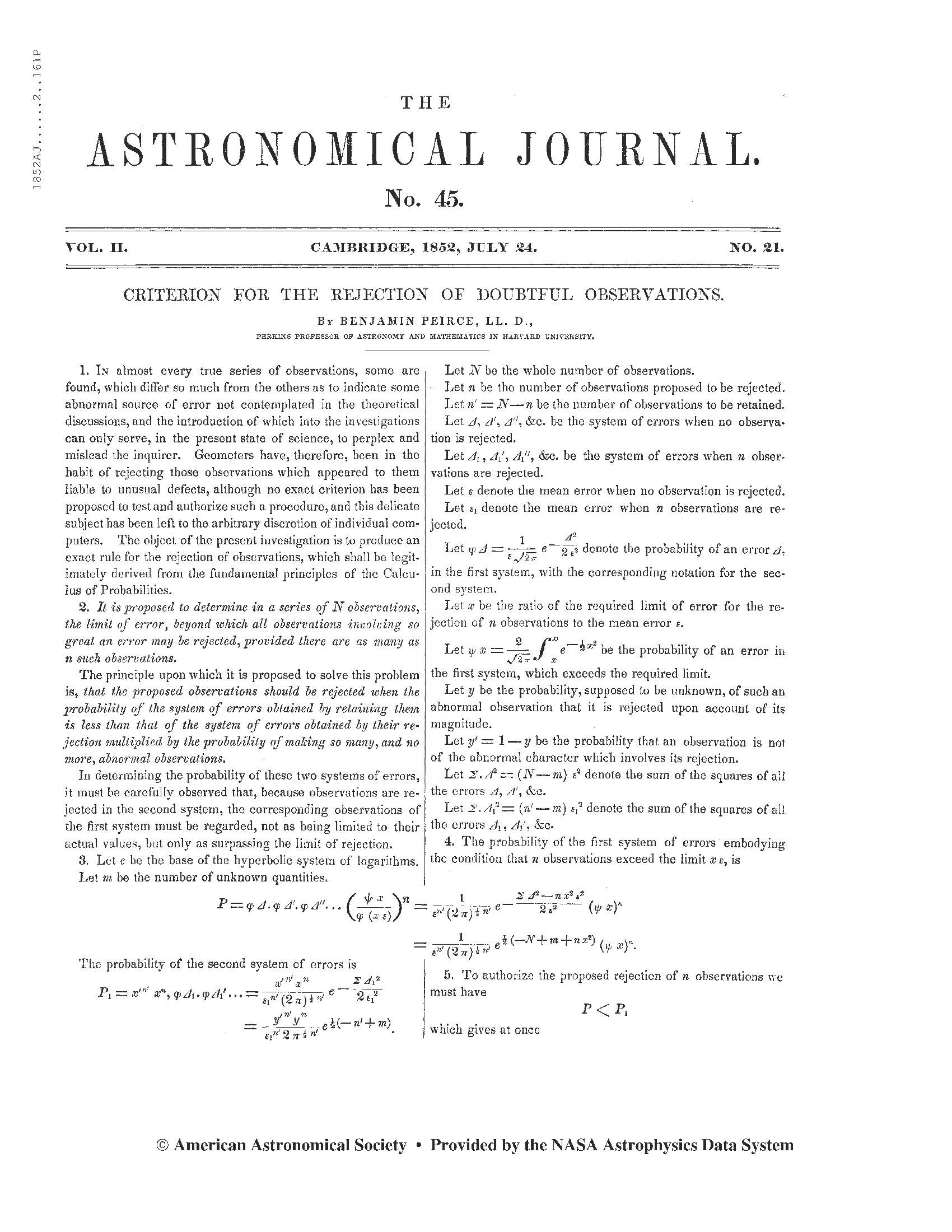
1861
The AJ is put on hiatus due to the Civil War
1888
The AJ releases a catalog collecting all published observations of variable stars. Chandler 1888
1892
1894
Asaph Hall III, the discoverer of Mars's moons Phobos and Deimos, notes the anomalous precession of Mercury's orbit and calls into question Newtonian gravity. Hall 1894
1899
The American Astronomical Society is founded

1918
Kiyotsugu Hirayama publishes observations of asteroids with unusually closely spaced orbits, kick-starting the study of asteroid families. Hirayama 1918
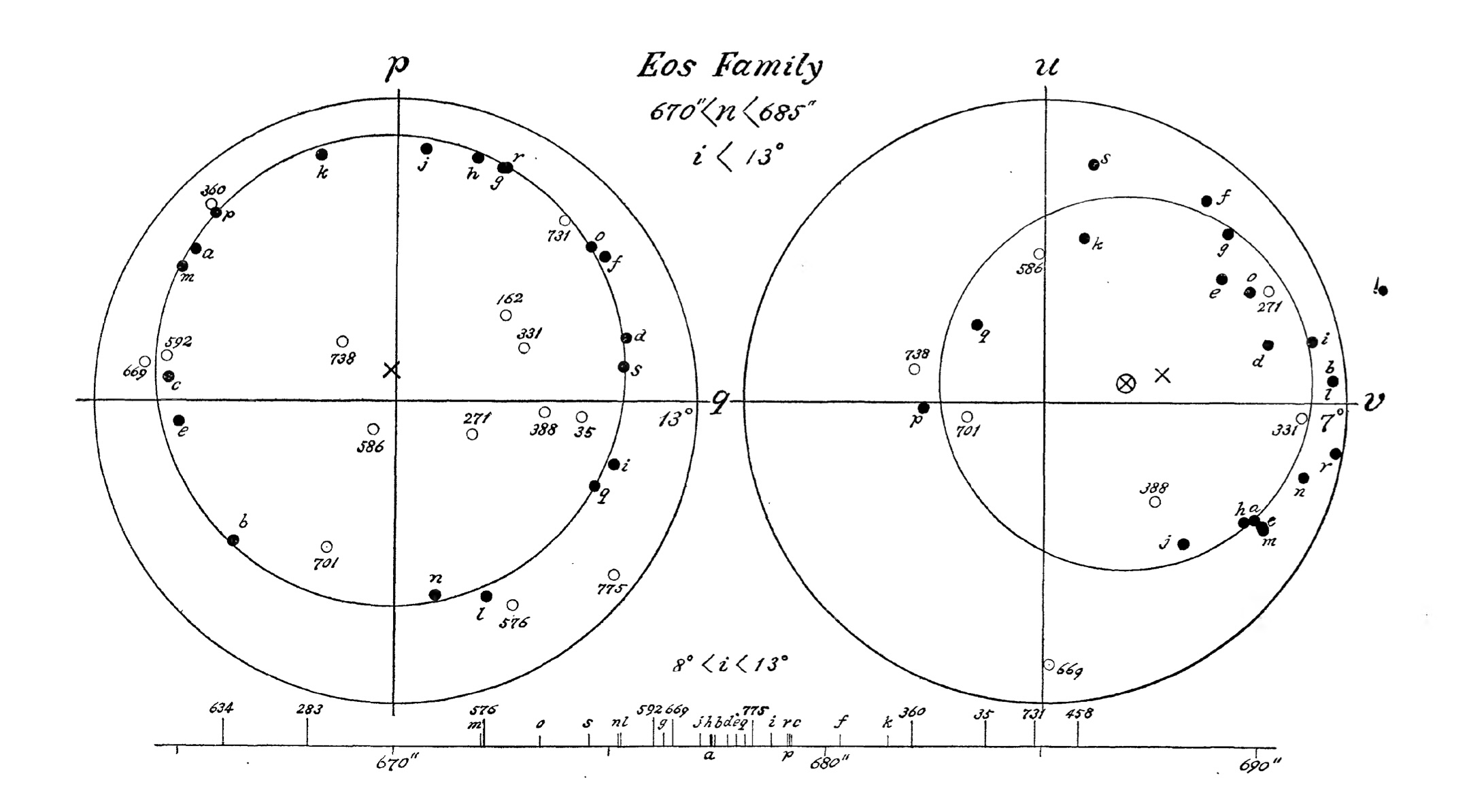
1937
Dirk Brouwer, namesake of the AAS Division of Dynamical Astronomy's Dirk Brouwer Career Award, describes how errors compound when numerically integrating planetary orbits. Brouwer 1937
1941
Ownership of the AJ is transferred to the American Astronomical Society
1953
The clustering of nearby galaxies in a flat plane is noted; today this collection of galaxies is known as the Virgo Supercluster. de Vaucouleurs 1953
1956
The first standardized catalog of all known galaxies beyond the Milky Way (“extragalactic nebulae”) is published, enabling early exploration of large-scale characteristics of the universe. Humason, Mayall & Sandage 1956
1962
Yoshihide Kozai describes an important orbital dynamics mechanism that is among the most studied astrophysical phenomena still today, and applies this theoretical understanding to the orbits of asteroids perturbed by Jupiter. Kozai 1962
1974
A method is introduced to recover an underlying image that has been blurred by a known point spread function. Lucy 1974
1990
An examination of gaseous disks around young stellar objects in the Milky Way suggests that planetary systems are likely common in our galaxy. Beckwith et al. 1990
1992
A widely used list of photometric standard stars, the Landolt equatorial standards, is published. Landolt 1992
1996
A database of Milky Way globular clusters is published that is still in use today in fields as far-ranging as variable stars and pulsars. Harris 1996
1996
The iconic Hubble Deep Field program is conducted, revealing thousands of young and distant galaxies in the early universe. Williams et al. 1996

1998
The first electronic edition of the AJ is published
1998
Astronomers find evidence for the accelerating expansion of the universe through observations of Type Ia supernovae; this work is awarded the 2011 Nobel Prize in Physics. Riess et al. 1998 and Perlmutter et al. 1999
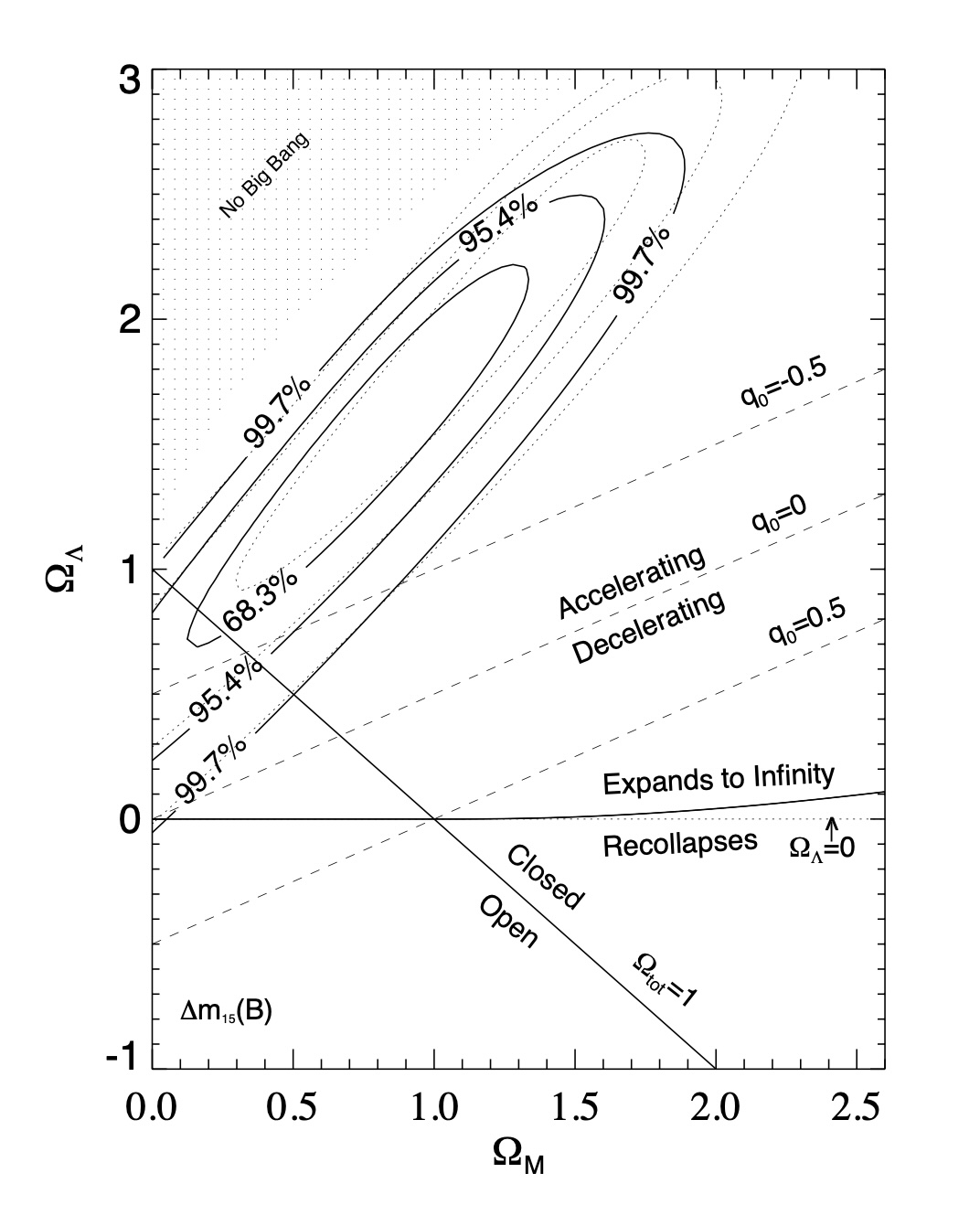
1998
A manuscript detailing the Very Large Array Sky Survey, which covered 82% of the entire sky at a wavelength of 21 centimeters, is published. Condon et al. 1998
1998
"The Demography of Massive Dark Objects in Galaxy Centers" is published, helping to launch the idea that black holes are ubiquitous in the centers of galaxies. Magorrian et al. 1998
1999
The orbital parameters of stable exoplanets in binary systems are considered. Holman & Wiegert 1999
2002
GALFIT, the most widely used code for galaxy image analysis, is introduced. Peng et al. 2002
2003
The first data release of the Sloan Digital Sky Survey (SDSS) is published; the AJ owes approximately one tenth of its citations to articles featuring SDSS data products. Abazajian et al. 2003
2005
A major catalog detailing the properties of all currently known pulsars is published. Manchester et al. 2005
2006
The 4.1-million-image Two Micron All Sky Survey (2MASS) data release and survey design are described in a highly cited AJ article. Skrutskie et al. 2006
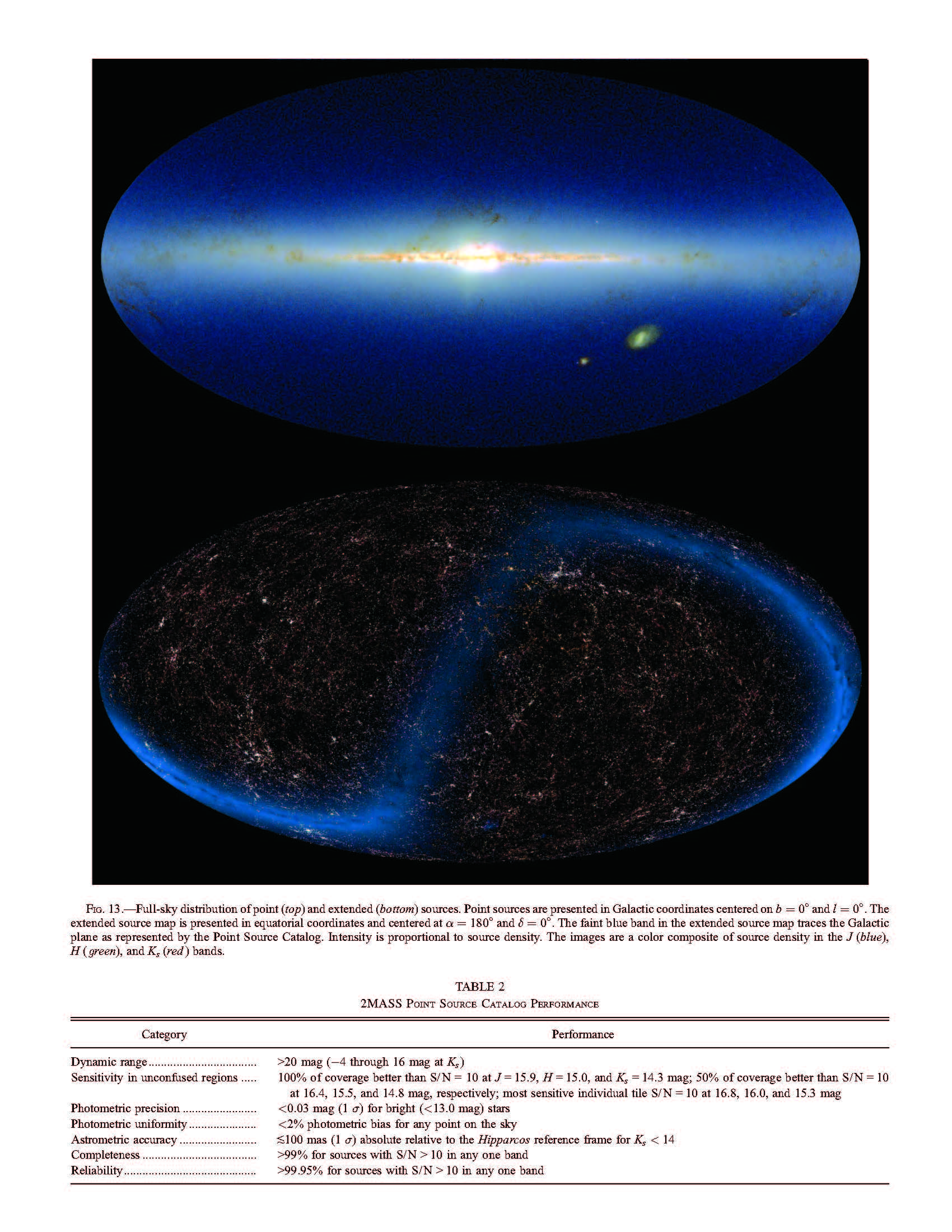
2010
A manuscript detailing the Wide-field Infrared Survey Explorer (WISE), which mapped the entire sky at infrared wavelengths, is published. Wright et al. 2010
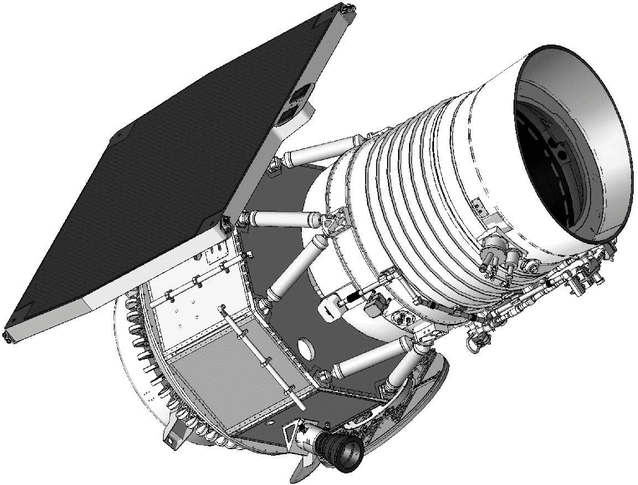
2014
The AJ moves to electronic-only format
2016
Evidence is found for a distant giant planet in our solar system, dubbed Planet Nine. Batygin & Brown 2016. Image credit: Caltech/R. Hurt (IPAC); Diagram created using WorldWide Telescope.
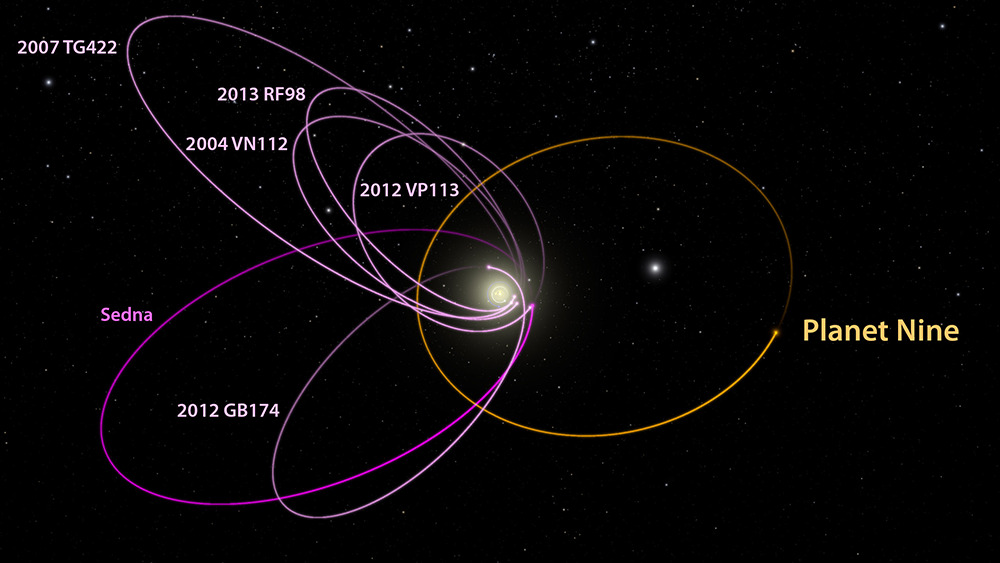
2018
The second version of astropy is released, highlighting the commitment of the astronomy community to open science and open software. The Astropy Collaboration et al. 2018
2021
Exoplanet researchers determine the occurrence rate of rocky planets in the habitable zones of nearby Sun-like stars. Bryson et al. 2021
2022
The AJ becomes a Gold Open Access journal
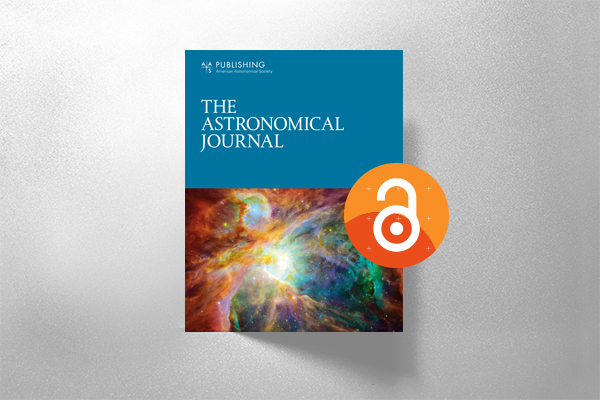
2024
Early data is released from the Dark Energy Spectroscopic Instrument, which will obtain optical spectra for tens of millions of galaxies and quasars, enabling astronomers to measure the effect of dark energy on the expansion of the universe. DESI Collaboration et al. 2024


